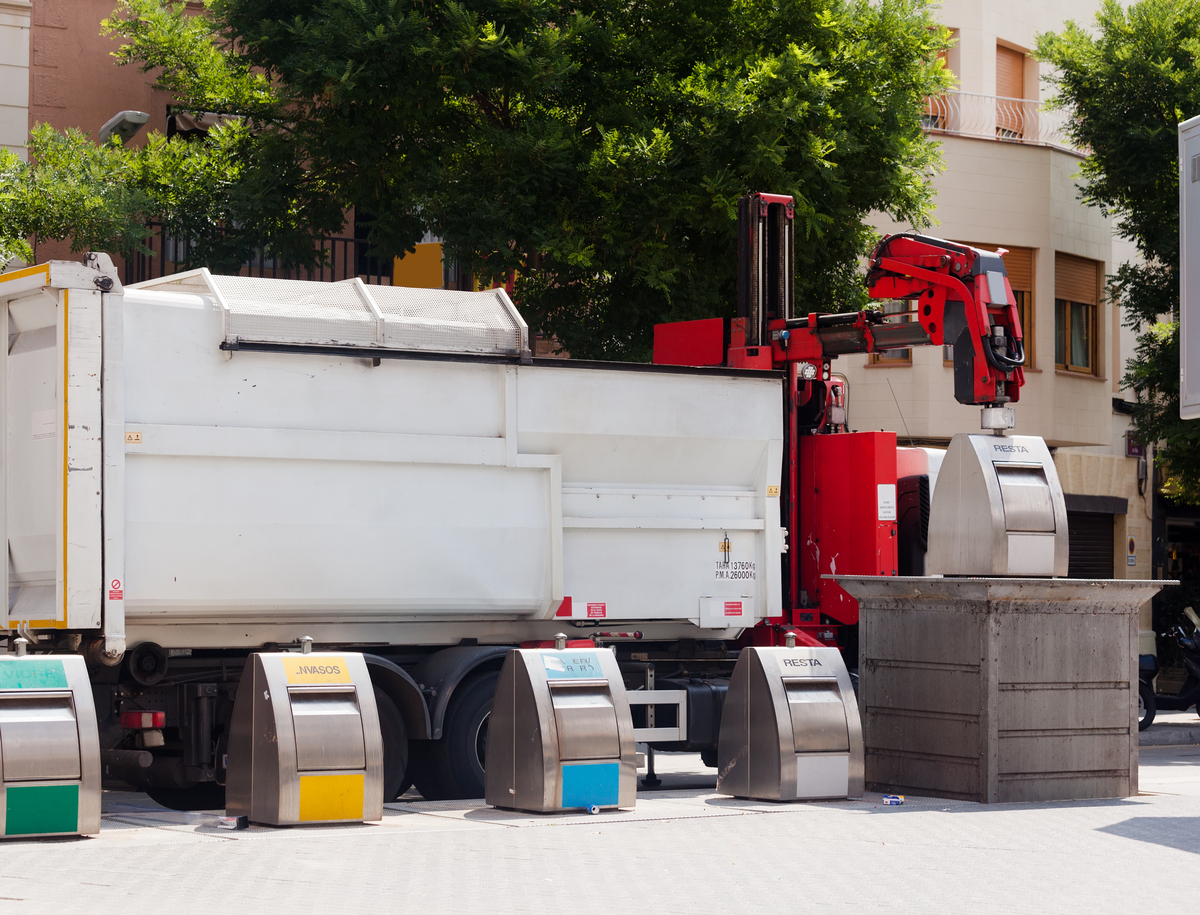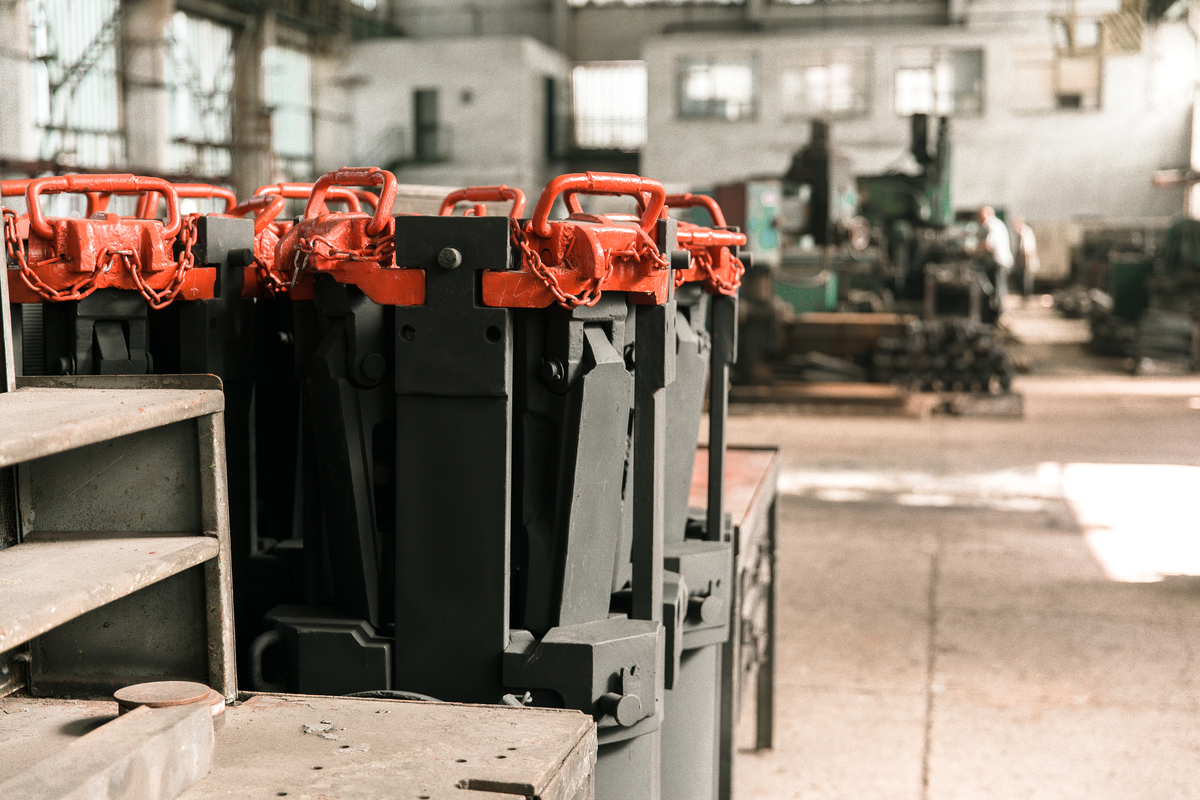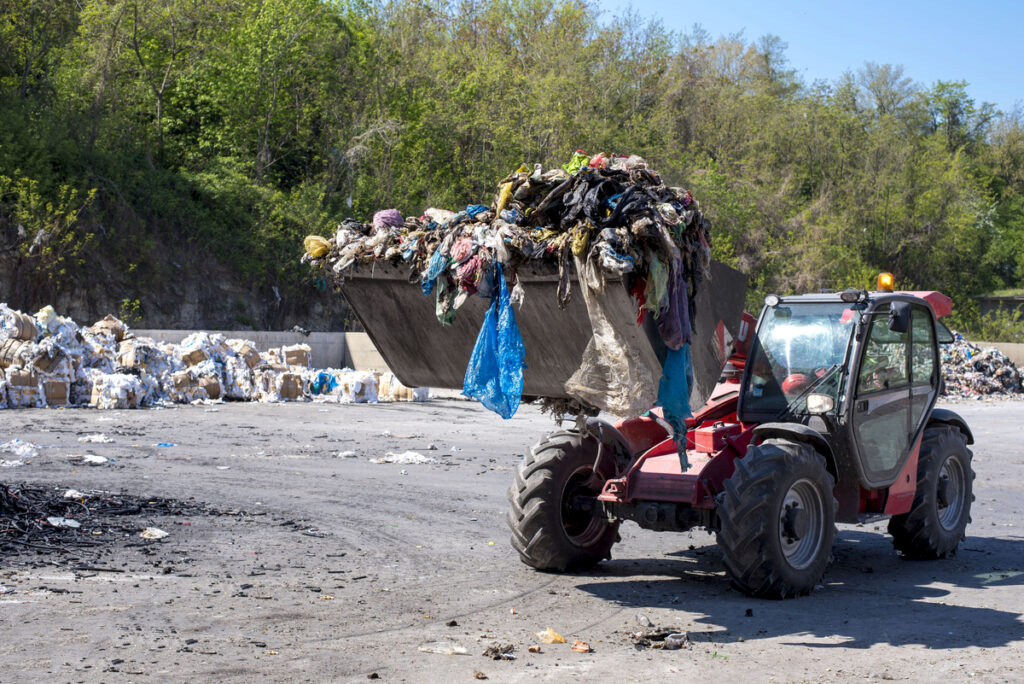Net-zero waste management has become a top priority for construction companies seeking to reduce their ecological footprint in the face of growing environmental concerns. Construction sites contribute significantly to global waste, with materials like concrete, wood, and packaging often ending up in landfills. The goal of net-zero waste management is to reduce, reuse, and recycle these materials to divert as much waste as possible from disposal.
This approach is crucial for sustainability and cost reduction, as waste minimization can result in significant savings. In this guide, we’ll examine six doable strategies that construction companies can implement to achieve net-zero waste management on their sites. These tactics, which range from creative design techniques to effective material sourcing, offer a thorough examination of how to reduce waste and transition the building industry to a more circular economy. Adopting these tactics helps create a cleaner future and advances the industry’s long-term sustainability objectives.
Table of Contents
Understanding Net-Zero Waste Management in Construction
By keeping resources in use rather than ending up in landfills, net-zero waste management in the construction industry seeks to minimize waste at every stage of a project. This strategy greatly lowers the demand for fresh resources by emphasizing a circular economy, which is important because a considerable portion of the world’s trash is produced by the building industry. To guarantee that projects have as little of an environmental impact as possible, this strategy uses sustainable materials, creative building methods, and meticulous planning.
6 Strategies for Net-Zero Waste Management in Construction Sites
1. Use Prefabricated and Modular Construction
By enabling the regulated manufacturing of components, modular and prefabricated construction methods contribute to waste reduction. This lessens material offcuts and on-site mistakes, which are frequent in conventional construction. Additionally, prefabrication reduces rework and facilitates accurate material consumption. Modular construction is a very successful net-zero waste technique since, according to certain studies, it can reduce waste by up to 90% thanks to improved planning and excellent material handling.

2. Use Digital Tools and Building Information Modeling (BIM)
Precise material planning is made possible by Building Information Modeling (BIM) software and other digital tools, which prevent waste production and lessen the possibility of overordering. With the help of BIM, building teams can precisely model their material requirements and modify orders as necessary. Additionally, by making it easier for architects, contractors, and suppliers to collaborate, these tools support the project’s net-zero waste goals throughout the building process. By giving a clearer picture of the project, digital technologies like BIM make sure that materials are only used where they are needed.
3. Foster a Sustainability-Focused Culture on Site
For net-zero waste procedures to be successful, all team members must adopt a sustainable culture. A proactive approach to waste reduction is fostered by educating employees on waste management procedures and promoting the responsible handling of items. Acknowledging and recognizing team members who support sustainability initiatives might encourage others to do the same. Employees are more likely to actively participate in waste reduction when they are aware of the financial and environmental advantages of sustainable practices, which strengthens the commitment to reaching net-zero waste targets.
4. Implement Comprehensive Recycling and Repurposing Systems
Achieving net-zero waste requires the installation of strong on-site recycling and repurposing technologies. Metals, wood, and concrete, for instance, can frequently be separated, treated, and used again in the future. These days, a lot of creative businesses recycle concrete by breaking it into new aggregate and using the wood for different design or construction projects. These techniques make recycling more practical for larger-scale construction crews and help divert significant amounts of garbage from landfills.

Suggested article to read: Top 5 Construction Waste Management Software Solutions for 2024
5. Select Recyclable and Sustainable Materials
A key component of net-zero waste management is the use of recyclable and sustainable materials. Eco-friendly alternatives that produce less waste and are more easily repurposed than traditional materials include bamboo, recycled steel, and recovered wood. By decreasing waste and encouraging recycling after their first use, sustainable materials generally have less of an adverse effect on the environment and help achieve the objectives of the circular economy. Construction firms can increase the projects’ economic and environmental efficiency by giving priority to these materials.
6. Conduct a Pre-Project Waste Audit
Teams can set reduction goals and create efficient recycling plans by using a pre-project waste audit to determine where waste is likely to occur. Project managers can increase overall efficiency by making well-informed judgments on suppliers and materials by conducting an audit at the beginning of the project. Pre-audit procedures evaluate the kinds and amounts of materials needed, laying the groundwork for waste reduction and net-zero goals.

Conclusion
A key element of sustainable construction is net-zero waste management, which provides a means of lessening the sector’s negative environmental effects. Businesses can significantly reduce waste and increase resource efficiency by putting ideas like modular construction, material audits, and extensive recycling systems into practice. By lowering the quantity of material that is wasted, these methods not only save money but also help the environment. Adopting a net-zero waste strategy helps businesses establish a solid reputation as leaders in the environmentally conscious sector and ties the construction sector with global sustainability goals. Adopting these waste management techniques will be crucial for companies hoping to stay competitive and help create a more sustainable, greener future as the construction sector develops.
FAQs
What is Net-zero Waste Management in Construction?
- Answer: By emphasizing recycling, reuse, and sustainable material procurement, net-zero waste management in the construction industry aims to completely eradicate or significantly reduce waste. This approach promotes a circular economy in the sector and keeps waste out of landfills.
How does Modular Construction Help with Net-zero Waste Management?
- Answer: By enabling components to be created in controlled environments and reducing material offcuts and on-site errors, modular construction minimizes waste. This procedure greatly reduces waste because it is effective and allows for exact material usage.
Why is a Pre-project Waste Audit Essential for Net-zero Waste Goals?
- Answer: A pre-project waste audit establishes a baseline for waste reduction and finds possible waste sources. Teams can accomplish waste management objectives by implementing project-specific recycling and repurposing solutions through advance planning.
What Sustainable Materials are Recommended for Net-zero Waste Projects?
- Answer: Net-zero waste initiatives frequently use sustainable materials like bamboo, repurposed steel, and reclaimed wood. These materials serve long-term sustainability goals in construction, are easily recyclable, and are ecologically benign.
How does Building Information Modeling (BIM) Support Waste Reduction?
- Answer: By facilitating accurate planning and material monitoring, BIM lowers waste and overordering. It makes it easier for project teams to coordinate, guaranteeing the effective use of supplies and promoting waste reduction during the building process.
Suggested article for reading:
Case Study: Top 4 Eco-Friendly Smart Building Construction Projects
The Future of Smart Construction; 2024 Review
Top 23 Famous Women Architects in World; 2024 Review
LCA in Building Materials: 5 Ways to Select Sustainable Options
The Role of PIM in Sustainable Construction (2024)
LCA and Carbon Footprint: 10 Effective Reduction Strategies
The Top 7 Green Architecture Projects
Resources:
- “Waste Management in Construction,” Construction Management Association
- “Modular Building Efficiency,” Building Smart International
- “Green Building Materials,” Green Building Council
- “Sustainable Building Practices,” Journal of Construction Innovation
For all the pictures: Freepik



